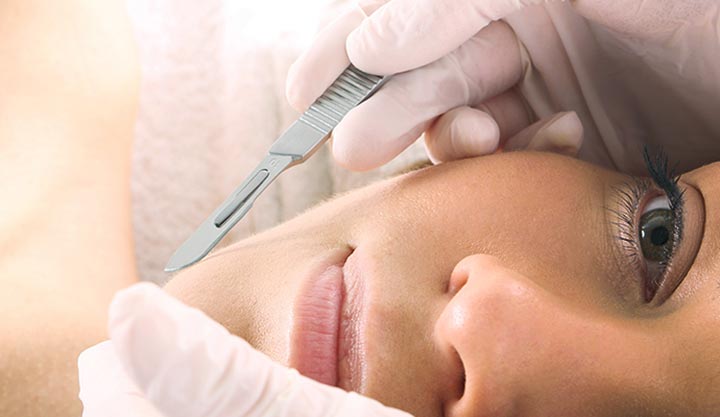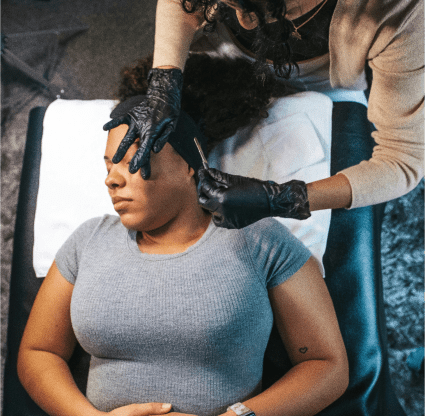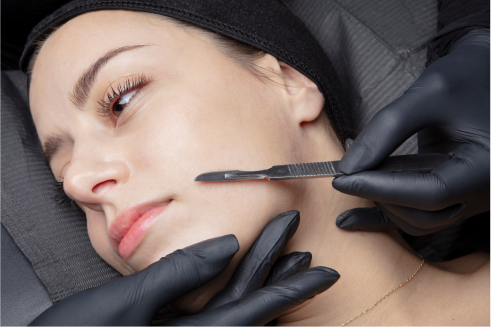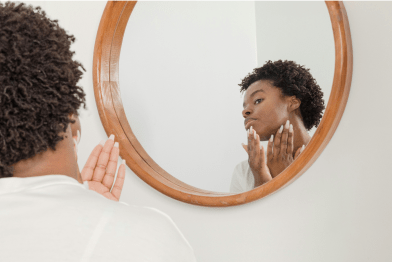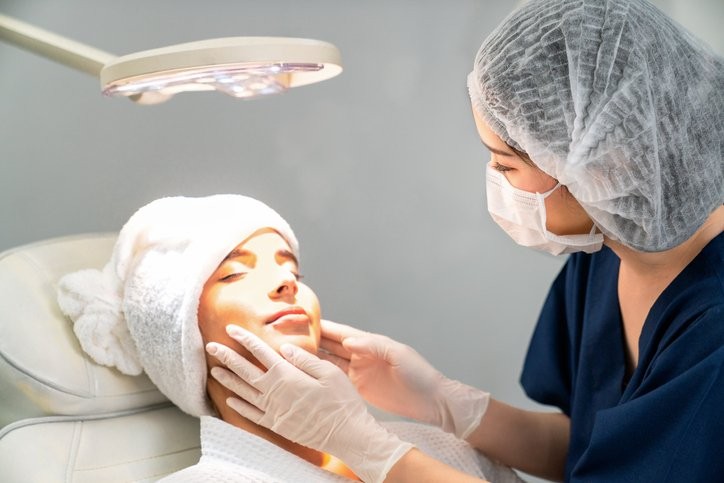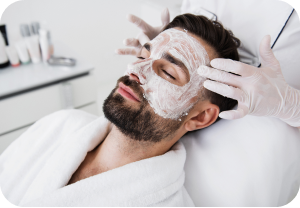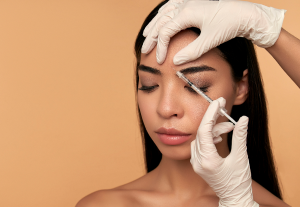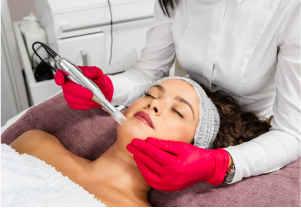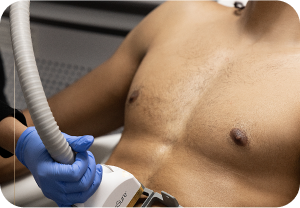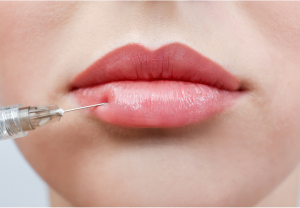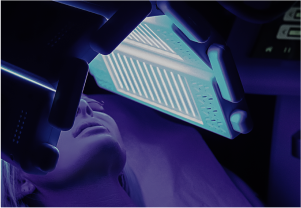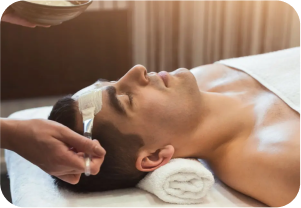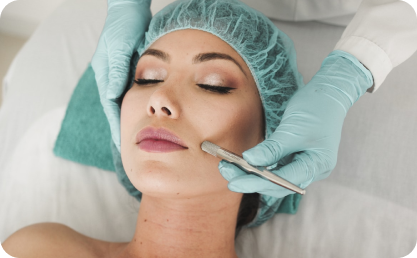- Services
- Professional Skin Consultation in Las Vegas
- Advanced Acne Spot Treatment in Las Vegas
- Microneedling for Acne: Achieve Clearer Skin
- Microneedling With PRP
- Facials
- Hydrafacial
- Chemical Peel
- Dermaplaning
- Dermabrasion
- Non Surgical Skin Tightening
- Body Contouring
- Thread Lift
- RF Skin Tightening
- Sculpsure
- Botox Las Vegas – Refresh and Rejuvenate at RareV
- Xeomin Treatment: Smooth and Natural Results
- Dysport Injections for Smoother, Youthful Skin
- Restylane Injections for Natural Facial Enhancement
- Juvederm in Las Vegas
- Revanesse Dermal Filler for Youthful, Natural Contours
- Radiesse Filler
- Sculptra Facial Rejuvenation
- Kybella Double Chin Treatment
- Hyperhidrosis Treatment
- Laser Hair Removal
- Intense Pulsed Light Therapy
- Laser Tattoo Removal
- Laser Vaginal Rejuvenation
- Laser Skin Resurfacing at RareV
- MenSpa
- Mens Facial
- Brotox:Botox for men
- Fillers for Men
- Microneedling for Men
- Best Hair Loss Treatment Solutions
- IV Hydration Therapy in Las Vegas
- About
- Reviews
- Blog
- Shop
- Membership
Menu
- Services
- Professional Skin Consultation in Las Vegas
- Advanced Acne Spot Treatment in Las Vegas
- Microneedling for Acne: Achieve Clearer Skin
- Microneedling With PRP
- Facials
- Hydrafacial
- Chemical Peel
- Dermaplaning
- Dermabrasion
- Non Surgical Skin Tightening
- Body Contouring
- Thread Lift
- RF Skin Tightening
- Sculpsure
- Botox Las Vegas – Refresh and Rejuvenate at RareV
- Xeomin Treatment: Smooth and Natural Results
- Dysport Injections for Smoother, Youthful Skin
- Restylane Injections for Natural Facial Enhancement
- Juvederm in Las Vegas
- Revanesse Dermal Filler for Youthful, Natural Contours
- Radiesse Filler
- Sculptra Facial Rejuvenation
- Kybella Double Chin Treatment
- Hyperhidrosis Treatment
- Laser Hair Removal
- Intense Pulsed Light Therapy
- Laser Tattoo Removal
- Laser Vaginal Rejuvenation
- Laser Skin Resurfacing at RareV
- MenSpa
- Mens Facial
- Brotox:Botox for men
- Fillers for Men
- Microneedling for Men
- Best Hair Loss Treatment Solutions
- IV Hydration Therapy in Las Vegas
- About
- Reviews
- Blog
- Shop
- Membership

